Selva est la première exposition personnelle de Mirko Baricchi à la Galerie Molin Corvo.
L’exposition s’articule autour d’œuvres sur toile évoquant davantage l’idée de paysage forestier en termes de structures de composition, de répétition chromatique et de dynamique de topologie dans le regard de l’observateur que dans l’implication figurative du sujet. Les œuvres découlent d’un processus caractérisé par la succession rapide des coups de pinceau et l’élimination partielle de la couleur avant qu’elle ne s’enfonce dans la surface. La toile est progressivement saturée par la répétition de gestes picturaux dont les actions contradictoires mais complémentaires d’ajout / retrait conceptuellement et paradoxalement servent le même objectif constructif: pars construens et pars destruens – tous deux capables de générer des parties significatives de l’image. Baricchi ne montre aucun intérêt pour la forme minimale de représentation. La selva/bois est, en fait, une référence à l’univers chromatique d’une forêt, à son entrelacement de structures végétales (et signes) et de parfums, et à la mémoire visuelle de tels lieux qui composent le paysage inconscient se trouvant dans la mémoire latente de l’artiste et du spectateur. C’est le souvenir presque entièrement oublié des atmosphères tonales des paysages de Giovanni Bellini, Cima da Conegliano ou Moretto da Brescia dans lesquels se déroulent des scènes et des images des saints, comme Saint Jérôme en état de méditation. Dans la pratique artistique manifestement aniconique de Baricchi, le patrimoine iconographique de la peinture fonctionne par latence, comme une madeleine proustienne qui illumine un souvenir enfoui dans la forêt d’images.
Daniele Capra
“Selva” is Mirko Baricchi’s first solo show at the Galerie Molin Corvo.
The exhibition focuses on works on canvas by Mirko Baricchi evoking the idea of a woodland landscape more in terms of compositional structures, chromatic repetition, and the dynamics of topology in the observer’s gaze than in the figurative implication of the subject.The works derive from a process characterized by the rapid succession of brushstrokes and the partial removal of color before it sinks into the surface. The canvas is progressively saturated by the repetition of pictorial gestures whose conflicting but complementary actions of adding/removing conceptually and paradoxically serve the same constructive purpose: pars construens and pars destruens – both of which are capable of generating significant parts of the image. Baricchi shows no interest at all in even the minimum form of representation. The selva/woodland is, in fact, a reference to a forest’s chromatic universe, its interweaving of plant structures (and signs) and fragrances, and the visual memory of such places that make up the unconscious landscape lying in the latent memory of both artist and viewer. This is the almost entirely forgotten memory of the tonal atmospheres of landscapes by Giovanni Bellini, Cima da Conegliano, or Moretto da Brescia in which sacred scenes and images are set, Saint Jerome in a state of meditation, for example.In Baricchi’s evidently aniconic artistic practice, painting’s iconographic heritage works through latency, as something of a “madeleine” from Proust’s In Search of Lost Time that lights up a memory buried in the thicket of imagery until now. His “Selve” represents an unconscious landscape without even a hint of its own figuration that vanishes from our eyes like a night’s dream upon awakening.
Daniele Capra
du 20 octobre au 31 décembre 2020 | from October 20th to December 31st, 2020
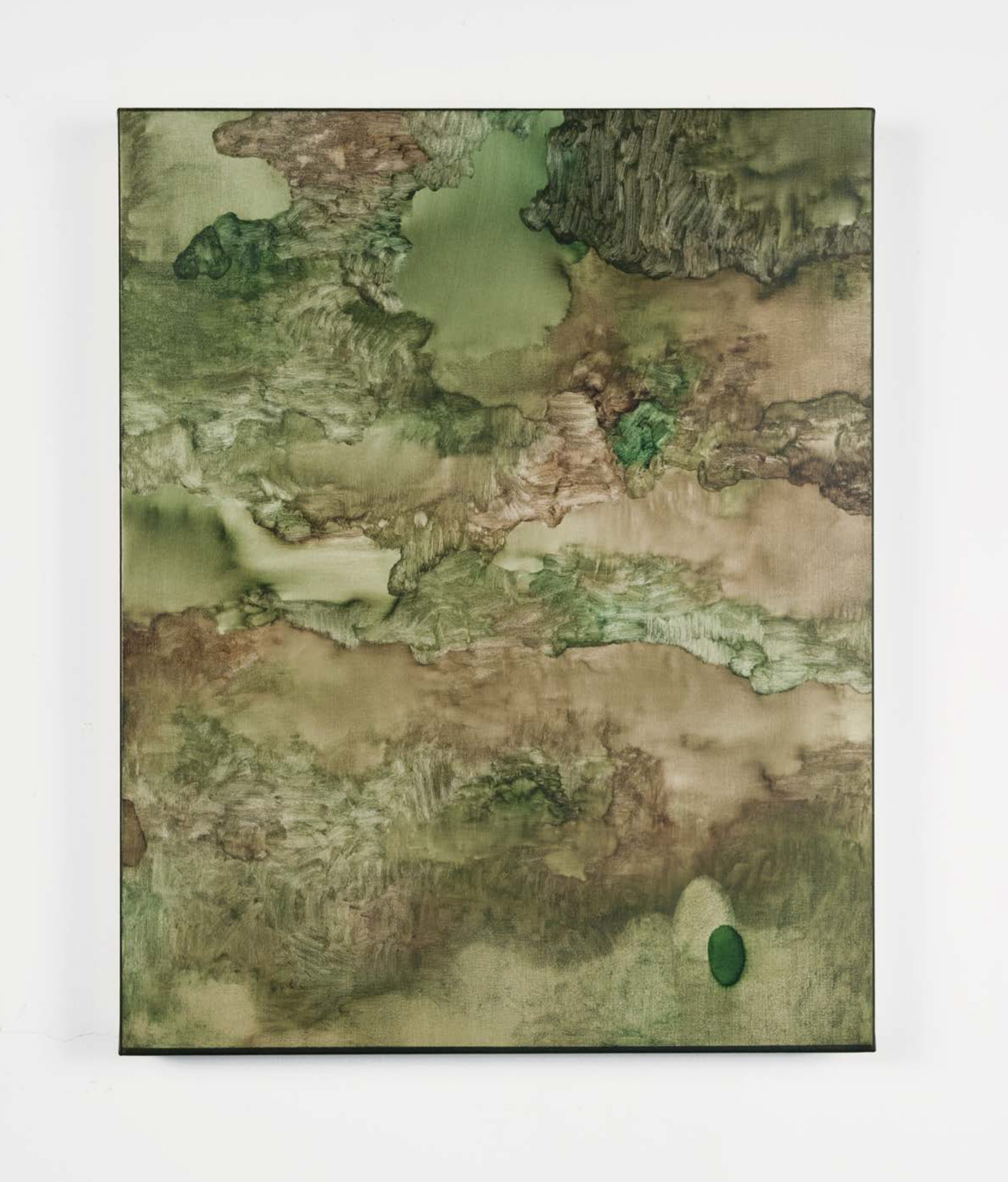
Selva #66_2020_cm 50×40 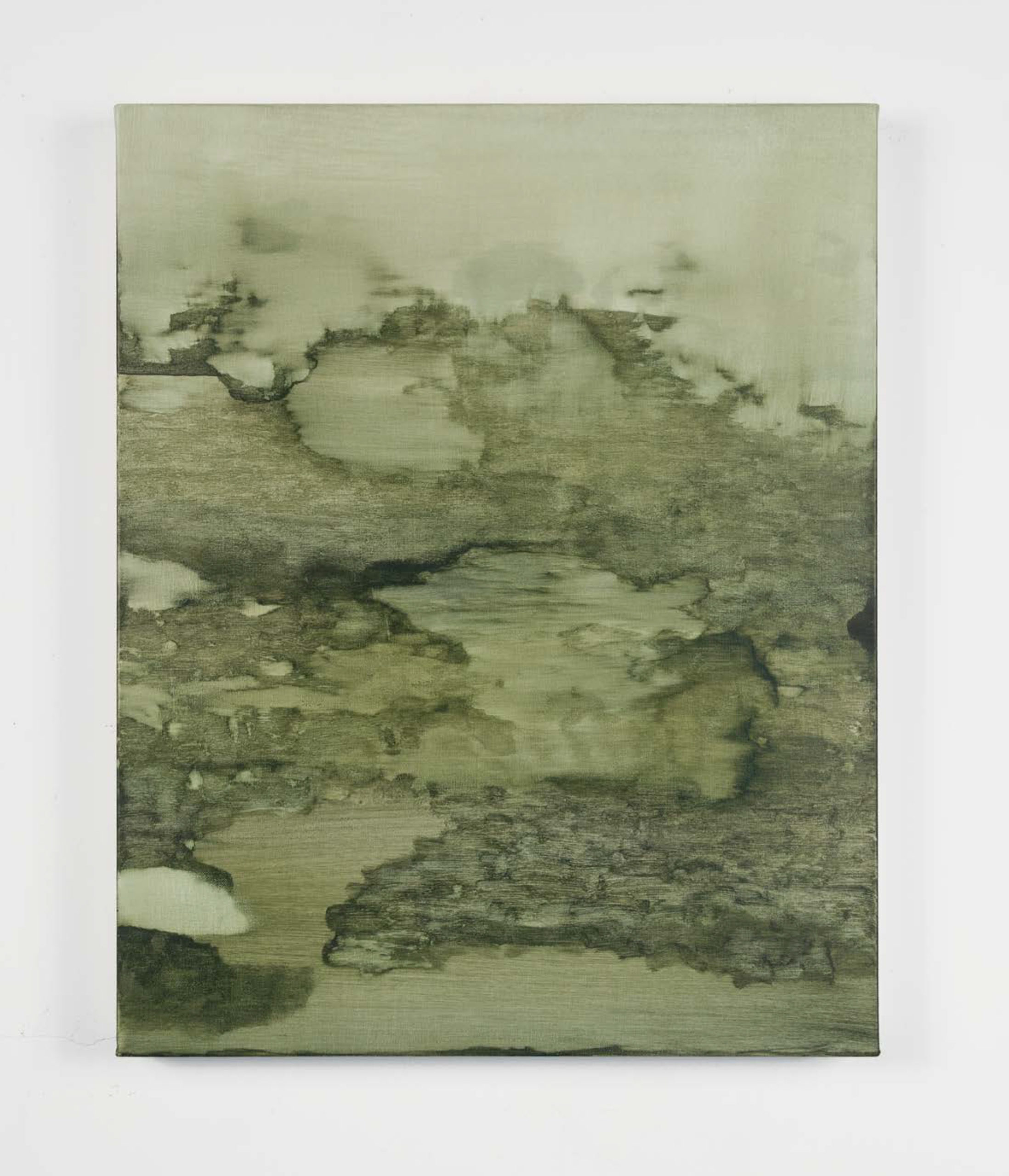
Selva #67_2020_cm 50×40 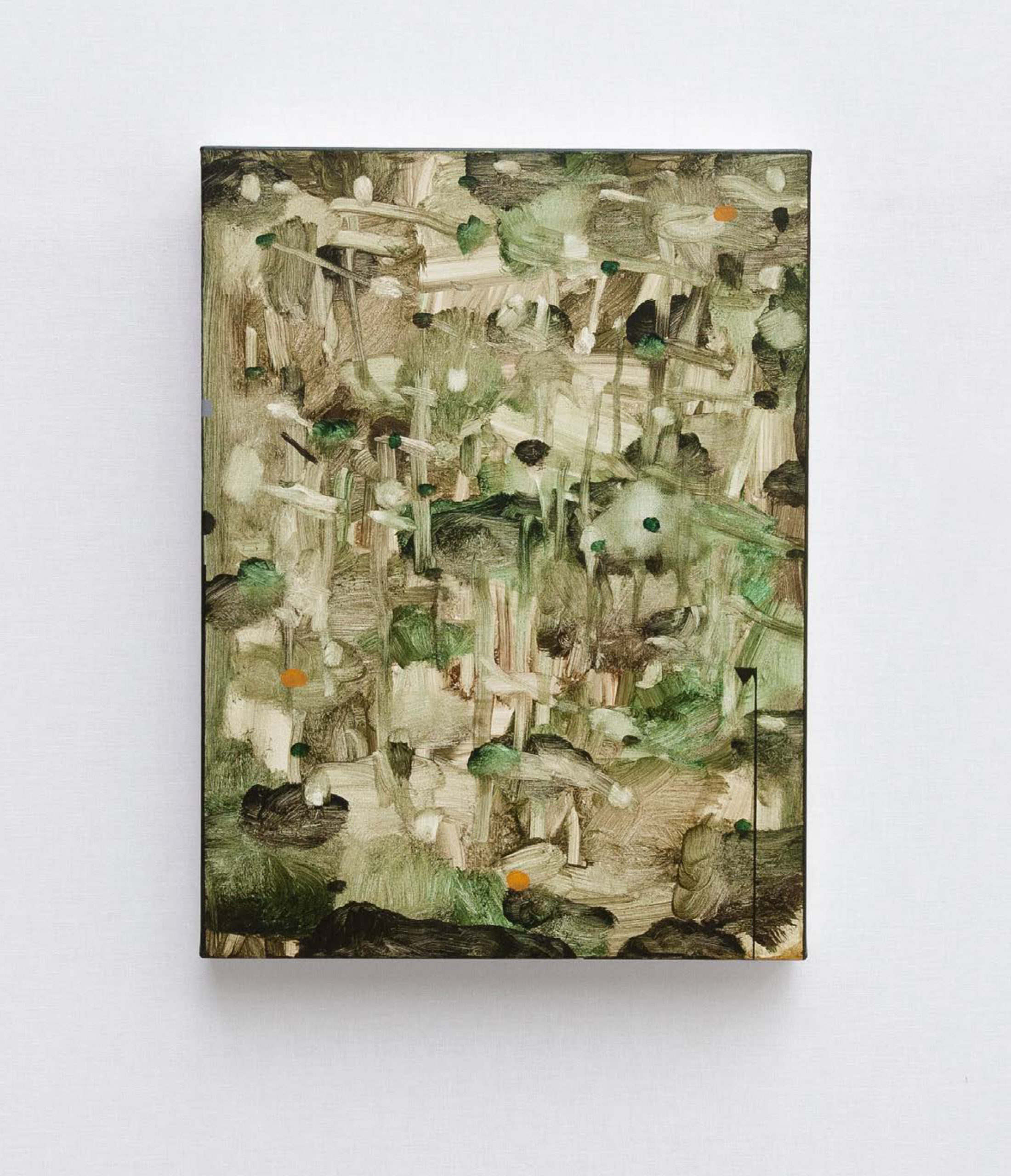
Selva #17_2018_cm 40×30 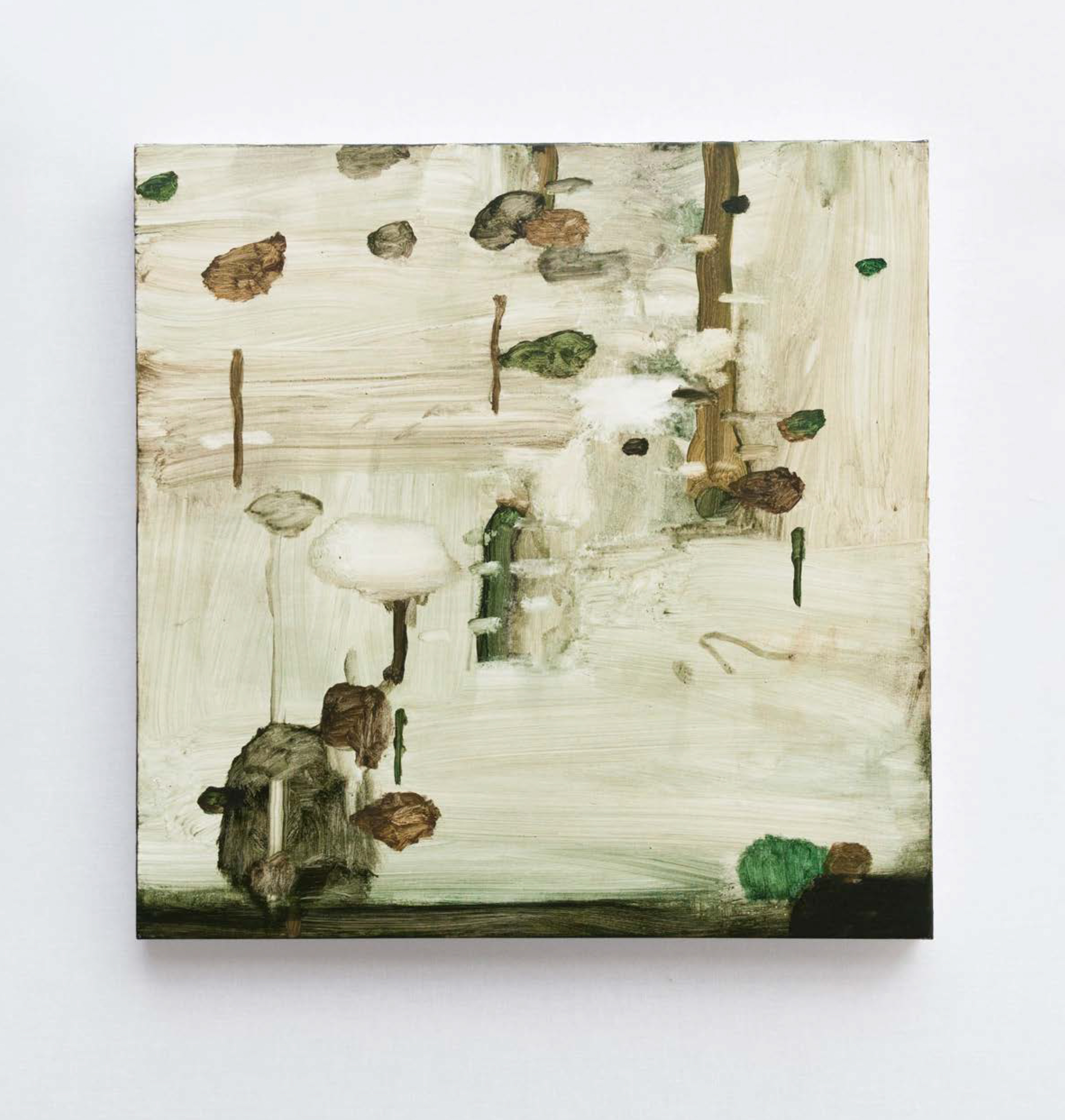
Selva #8_2018_cm 50×50 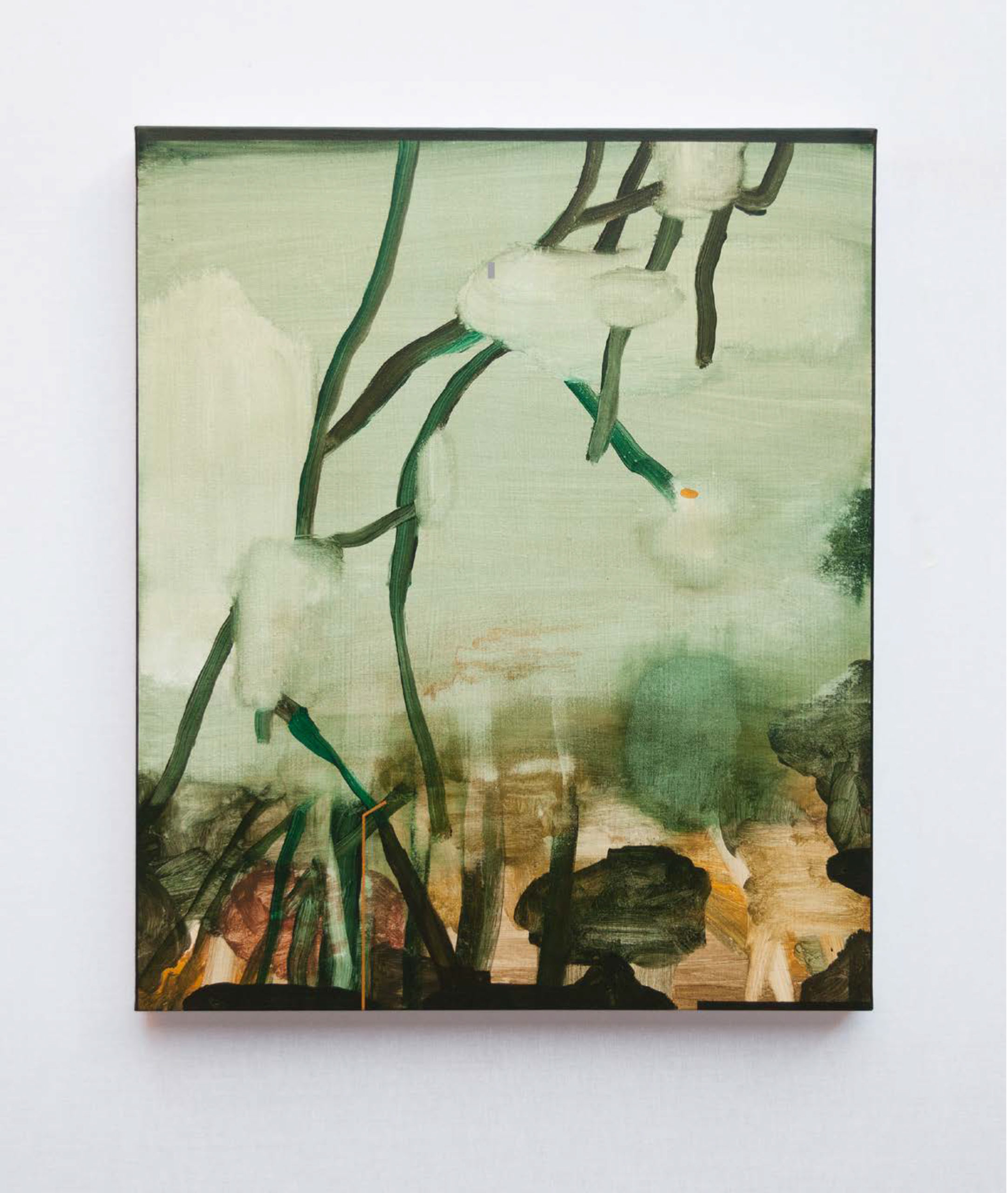
Selva #30_2018_cm 60×50 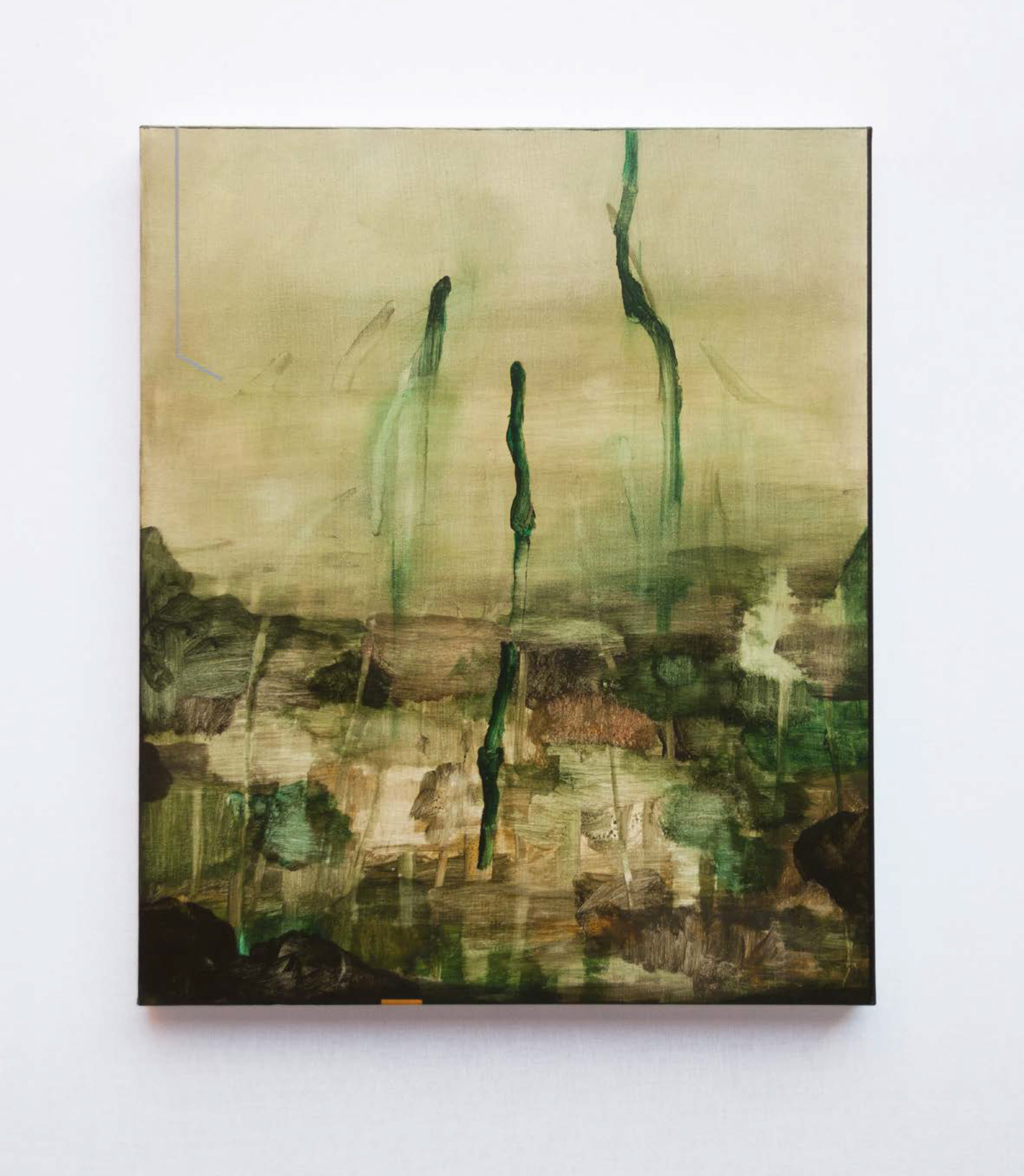
Selva #27_2018_cm 60×50 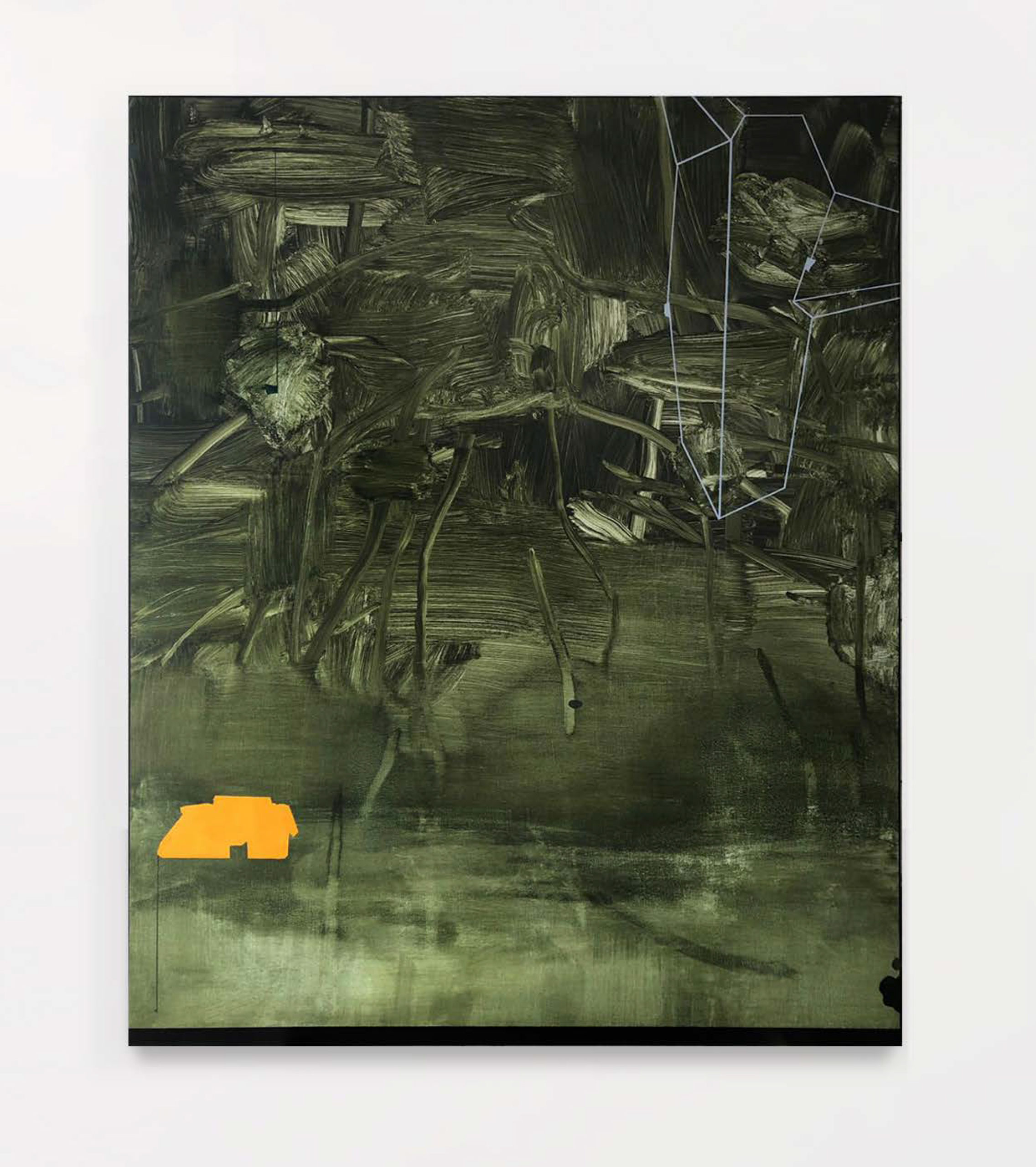
Selva #35_2019_acrylic on canvas_cm 120X100